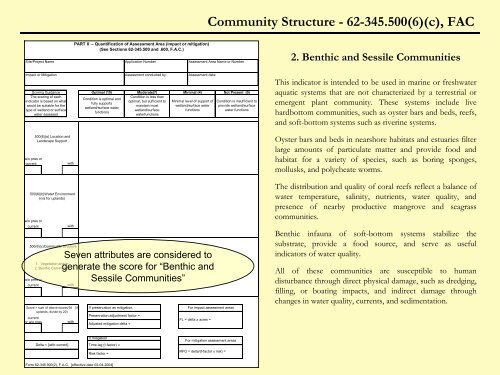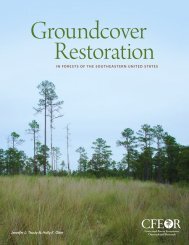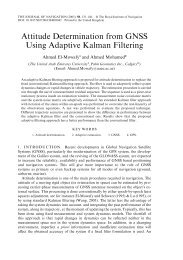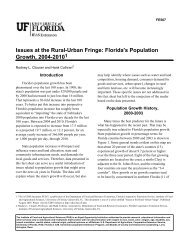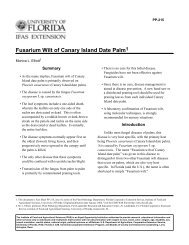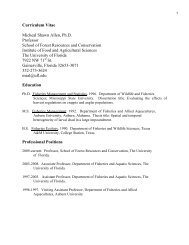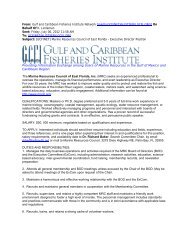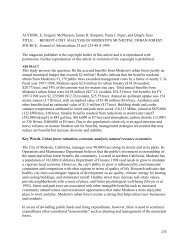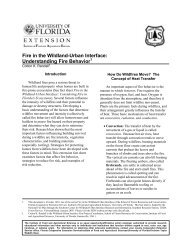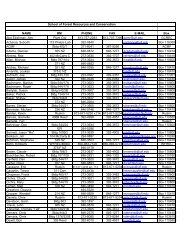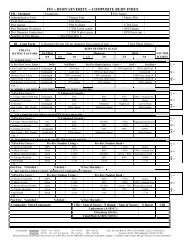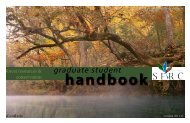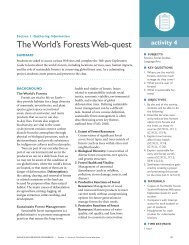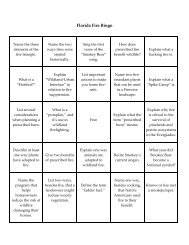Uniform Mitigation Assessment Method TRAINING MANUAL
Uniform Mitigation Assessment Method TRAINING MANUAL
Uniform Mitigation Assessment Method TRAINING MANUAL
Create successful ePaper yourself
Turn your PDF publications into a flip-book with our unique Google optimized e-Paper software.
Community Structure - 62-345.500(6)(c), FAC<br />
PART II – Quantification of <strong>Assessment</strong> Area (impact or mitigation)<br />
(See Sections 62-345.500 and .600, F.A.C.)<br />
Site/Project Name Application Number <strong>Assessment</strong> Area Name or Number<br />
2. Benthic and Sessile Communities<br />
Impact or <strong>Mitigation</strong><br />
Scoring Guidance<br />
The scoring of each<br />
indicator is based on what<br />
would be suitable for the<br />
type of wetland or surface<br />
water assessed<br />
Optimal (10)<br />
Condition is optimal and<br />
fully supports<br />
wetland/surface water<br />
functions<br />
<strong>Assessment</strong> conducted by:<br />
Moderate(7) Minimal (4)<br />
Condition is less than<br />
optimal, but sufficient to<br />
maintain most<br />
wetland/surface<br />
waterfunctions<br />
<strong>Assessment</strong> date:<br />
Minimal level of support of<br />
wetland/surface water<br />
functions<br />
Not Present (0)<br />
Condition is insufficient to<br />
provide wetland/surface<br />
water functions<br />
This indicator is intended to be used in marine or freshwater<br />
aquatic systems that are not characterized by a terrestrial or<br />
emergent plant community. These systems include live<br />
hardbottom communities, such as oyster bars and beds, reefs,<br />
and soft-bottom systems such as riverine systems.<br />
w/o pres or<br />
current<br />
.500(6)(a) Location and<br />
Landscape Support<br />
with<br />
Oyster bars and beds in nearshore habitats and estuaries filter<br />
large amounts of particulate matter and provide food and<br />
habitat for a variety of species, such as boring sponges,<br />
mollusks, and polycheate worms.<br />
.500(6)(b)Water Environment<br />
(n/a for uplands)<br />
w/o pres or<br />
current<br />
w/o pres or<br />
current<br />
current<br />
or w/o pres<br />
with<br />
.500(6)(c)Community structure<br />
1. Vegetation and/or<br />
2. Benthic Community<br />
with<br />
Score = sum of above scores/30 (if<br />
uplands, divide by 20)<br />
Seven attributes are considered to<br />
generate the score for “Benthic and<br />
Sessile Communities”<br />
with<br />
If preservation as mitigation,<br />
Preservation adjustment factor =<br />
Adjusted mitigation delta =<br />
For impact assessment areas<br />
FL = delta x acres =<br />
The distribution and quality of coral reefs reflect a balance of<br />
water temperature, salinity, nutrients, water quality, and<br />
presence of nearby productive mangrove and seagrass<br />
communities.<br />
Benthic infauna of soft-bottom systems stabilize the<br />
substrate, provide a food source, and serve as useful<br />
indicators of water quality.<br />
All of these communities are susceptible to human<br />
disturbance through direct physical damage, such as dredging,<br />
filling, or boating impacts, and indirect damage through<br />
changes in water quality, currents, and sedimentation.<br />
Delta = [with-current]<br />
If mitigation<br />
Time lag (t-factor) =<br />
Risk factor =<br />
For mitigation assessment areas<br />
RFG = delta/(t-factor x risk) =<br />
Form 62-345.900(2), F.A.C. [effective date 02-04-2004]


